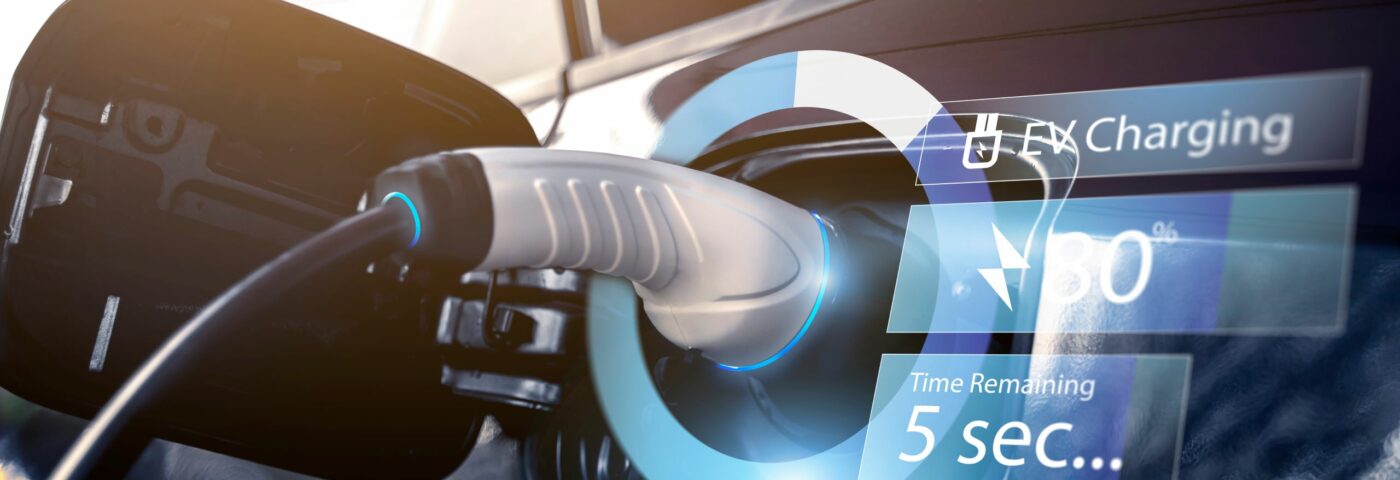Key Highlights
- In May 2019, the Committee on Climate Change (CCC) reported that achieving net zero by 2035 or sooner requires electrifying all new automobiles.
- The UK government also unveiled its zero-emission vehicle (ZEV) mandate to push EV regulation.
- The Transport Decarbonisation Plan seeks to reduce transport carbon emissions by spending £5 billion on alternate alternatives and ceasing the sale of internal combustion engine vehicles by 2030–2035. By 2030 and 2040, the National Highways Net Zero Plan seeks zero emissions from operations, maintenance, and building.
- The £1.6 billion Electric Vehicle Infrastructure Strategy intends to make charging electric vehicles easier and cheaper than filling up with fuel or diesel.
- A £450 million Local Electric Vehicle Infrastructure (LEVI) plan will assist EV hubs and on-street charging for those without driveways.
- The £950 million Rapid Charging Fund will install at least 6,000 high-powered super-fast chargepoints on England's roadways by 2035, maintaining the UK at the forefront of fast public charging.
Change is sweeping the highways of the United Kingdom. Being responsible for 88% of passenger miles and 79% of freight traffic, England's highways are crucial. Aside from that, despite making up just 2% of roads, National Highways' strategic road network (SRN) handles one-third of passenger miles and two-thirds of freight miles in England. Connectivity is crucial for investment, community empowerment, and efficient domestic and international supply chains in the SRN.
As they glide past their diesel and gasoline-powered competitors, sleek electric cars (EVs) are bringing with them the promise of a more environmentally friendly future. An important strategic change driving the UK's ambitious decarbonisation targets is the recent uptick in the popularity of electric vehicles.
Policy paves the way
In an effort to speed up the transition to electric vehicles, the UK government has enacted a number of regulations. According to a May 2019 report by the Committee on Climate Change (CCC), in order to reach the net zero goal by 2035—or perhaps sooner—all new cars need to be powered by electricity.
Aside from that, the government also presented its zero emission vehicle (ZEV) mandate, which would advance the country’s regulatory framework for the EV transition. Because of this, by 2030, 80% of new vehicles and 70% of new vans produced in Great Britain will have zero emissions, and by 2035, that number will rise to 100%. As of the end of sales in 2035, the UK will be on par with other big global economies, including Canada, France, Germany, and Sweden.
By investing £5 billion in alternative alternatives and ending the sale of internal combustion engine cars by 2030–2035, the Transport Decarbonisation Plan, which was launched in 2021, also aims to reduce carbon emissions from transport. Along these lines, the National Highways Net Zero Plan aims to achieve zero emissions from operations by 2030 and from all maintenance and building by 2040. In keeping with larger sustainability objectives in transport, the strategy calls for a leadership position in HGV trials, investment in infrastructure, and assistance for drivers making the switch to zero-emission cars.
Join Dcarbonise 2024 in Shaping a Sustainable Future
Dcarbonise is Scotland's only exhibition and conference focused on reducing carbon emissions from the built environment and transportation systems. Together, let's redefine the possibilities for a sustainable future.
Call for Papers are Open for All-Energy & Dcarbonise
Know more about the Low Carbon Transport Zone
Charging up growth
With a target of 300,000 by 2030, the government is investing a lot of money into rapid chargers.
The Electric Vehicle Infrastructure Strategy, which has £1.6 billion to work with, aims to make charging electric vehicles more convenient and affordable than filling up with petrol or diesel. The new regulations governing operators will also make it possible for EV drivers to pay with contactless cards, compare charging rates, and locate chargepoints in their area using mobile applications.
UK communities will receive high-quality, affordably priced public chargepoints worth £500 million. To help individuals without driveways use greener transport, a £450 million Local Electric Vehicle Infrastructure (LEVI) initiative will support EV hubs and on-street charging. While LEVI financing includes up to £50 million for personnel to work on local problems and public chargepoint planning, any development must support existing zero-emission modes of travel, including walking and cycling.
On the other hand, the £950 million Rapid Charging Fund will help implement at least 6,000 high-powered super-fast chargepoints on England's highways by 2035, keeping the UK at the forefront of quick and ultra-rapid public charging.
A collaborative journey to navigate the future
Electric vehicle (EV) decarbonisation is an ambitious goal that calls for teamwork from everyone involved. Each player—the state, businesses, academic institutions, and individual motorists—must do their part. The UK must maintain its momentum towards net zero emissions through sustained governmental backing, technical improvements, and public awareness initiatives.
Electric vehicles are bringing about a greener, healthier, and more sustainable future in the United Kingdom, and it's about more than just automobiles. Embracing the promise of electric vehicles can position the UK to lead the world in the decarbonisation race, ensuring a legacy of cleaner air, green employment, and a preserved planet for future generations.

